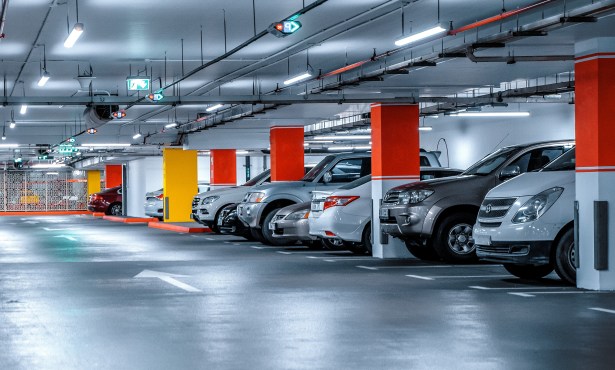Green Your Crib: Saving Starry Nights, Wildlife, and Ourselves

Not long ago, less than 100 years, everyone experienced starry night skies. But today, the widespread use of artificial light is not only impairing our view of the universe but also adversely affecting our environment, our safety, our energy consumption, and our health. Most of us are familiar with air, water, and land pollution; fewer are aware of light pollution — inappropriate or excessive use of artificial light. For billions of years, all life has relied on the Earth’s predictable rhythm of day and night. Plants and animals depend on the daily cycle of light and dark to govern life-sustaining behaviors such as reproduction, nourishment, sleep, and protection from predators.
Most migratory birds travel at night, relying on starlight for navigational clues. They recognize constellations and get critical directional information from the position of stars. Every year, millions of birds die colliding with needlessly illuminated buildings and towers, but “lights out” programs in cities, especially along flyways, have a strong mitigating result: Bird deaths declined by 80 percent when lights were turned off at Chicago’s McCormick Place — and that’s just one building. Collisions are not the only issue; scientists write of songbirds and seabirds being “captured” by searchlights on land and by light from gas flares on marine oil platforms, circling and circling in the thousands until they drop from exhaustion.
Many insects are drawn to light, but artificial light can create a fatal attraction. Declining insect populations negatively impact all species that rely on insects for food or pollination. Glare from lighting can impact wetland habitats that are home to amphibians such as frogs and toads, whose nighttime croaking is part of their breeding ritual. Artificial light can lure baby sea turtles away from the sea to their demise.
The destructive impact is not only on wildlife. Our bodies produce the hormone melatonin in response to circadian rhythm. This hormone helps keep us healthy: It has antioxidant properties, induces sleep, boosts our immune system, lowers cholesterol, and bolsters the functioning of the thyroid, pancreas, ovaries, testes, and adrenal glands. Nighttime exposure to artificial light suppresses melatonin production.
Much outdoor night lighting is inefficient, overly bright, poorly directed, improperly shielded, and, in many cases, completely unnecessary. The dark-sky movement is a campaign to reduce light pollution. The movement began with astronomers, but as scientists continue to learn of the ever more pervasive and pernicious consequences of excessive night lighting, the movement has gained many advocates, including many governments.
Here are five things you can do to reduce light pollution at home:
- Use only lighting that is needed.
- Install energy-efficient bulbs in the warm part of the color spectrum (the blue light colors are more harmful).
- Convert to motion-detector switching or timers.
- Properly shield outdoor lights from the sky.
- Keep blinds shut at night to keep light glow inside.



